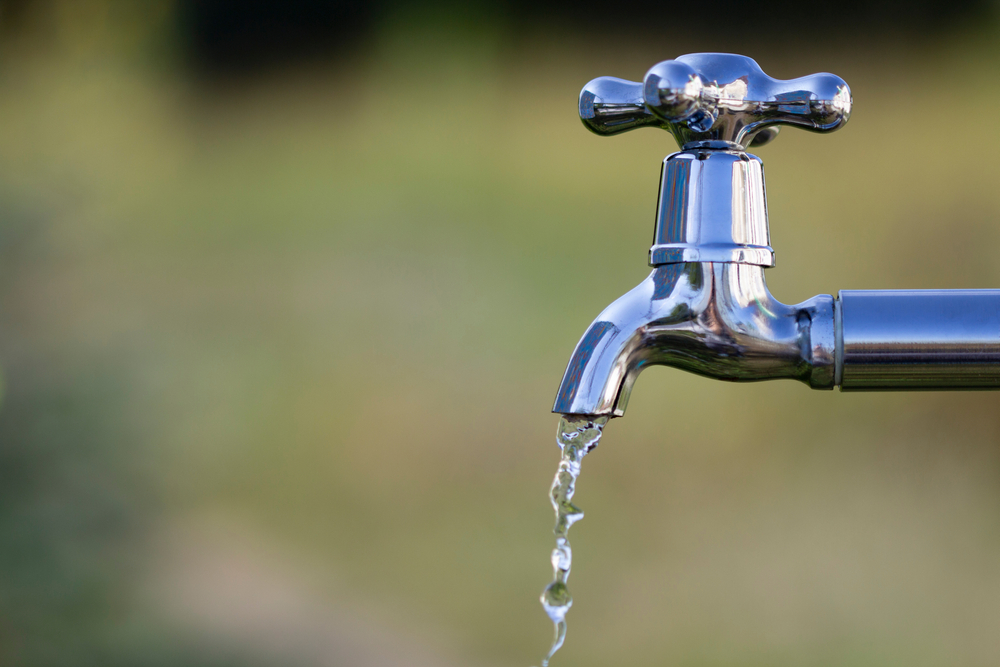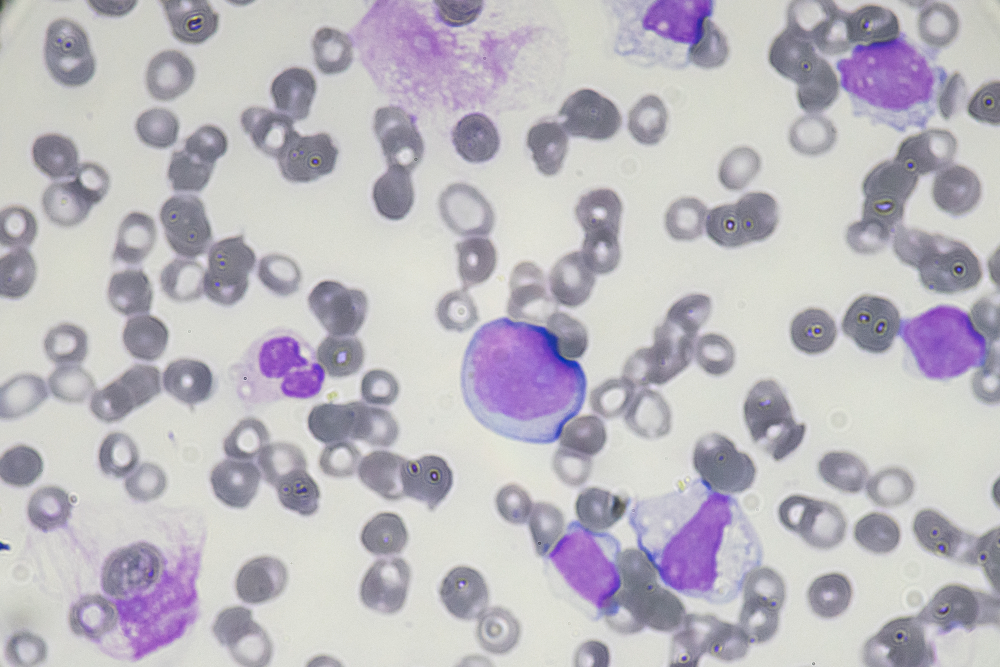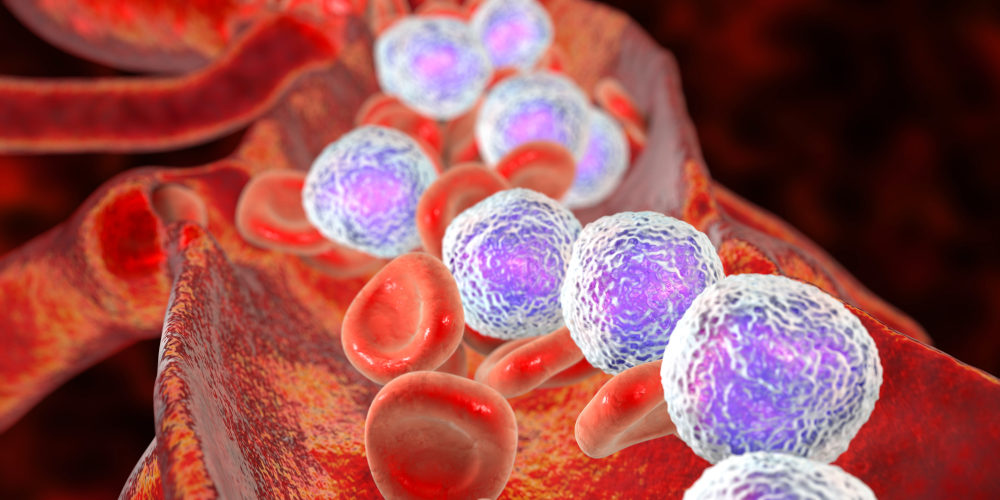New Study Shows Higher Rate of Cancer at Camp Lejeune
On January 31, an extensive, government-backed study focused on cancer and the contaminated water at Camp Lejeune was released. The new Camp Lejeune study, nine years in the making, was conducted by the Centers for Disease Control and Prevention’s Agency for Toxic Substances and Disease Registry (ATSDR). It not only brings more support to what Camp Lejeune’s toxic water victims have been alleging for years, but it also includes several types of cancer not officially associated with the contaminated water before now.
The Camp Lejeune cancer study has not been shared with the public until now. The study was released at a critical time. The deadline to file claims under the Camp Lejeune Justice Act (CLJA) is fast approaching. The act, part of the Honoring Our Promise to Address Comprehensive Toxics (PACT) Act, signed by President Joe Biden on August 10, 2022, allows veterans, their family members, and civilians who lived and worked at Camp Lejeune from 1953 to 1987, for at least 30 days and have health conditions caused by water contamination, to seek compensation for their injuries.

However, they need to file a Camp Lejeune claim by August 10, 2024.
More than 160,000 Camp Lejeune claims have been filed, but in light of the new information, more individuals are expected to rush to meet the deadline.
The ATSDR’s cancer incidence study concluded that military personnel stationed at Camp Lejeune had at least a 20 percent higher risk for some cancers than personnel who were stationed elsewhere. The list of high-risk cancers includes leukemia and lymphoma and cancers of the lung, breast, throat, esophagus, and thyroid. It also found that civilians who worked at Camp Lejeune were at a higher risk for a shorter list of cancers that included myeloid cancers and some breast and lung cancers.
What Happened to the Water at Camp Lejeune
Camp Lejeune began operations in the 1940s, and the contamination of toxic substances, including volatile organic compounds (VOCs) like trichloroethylene, tetrachloroethylene, vinyl chloride, and benzene, began infiltrating two different water treatment facilities around the estimated date of 1953. At the first site, identified as Hadnot Point, it is believed the toxins resulted from leaking underground storage tanks and improper oil disposal. The second site, Tarawa Terrace, experienced contamination starting around 1957, attributed to the improper disposal of chemicals at a neighboring laundry cleaning business.
It was not until the mid-1980s that the government officially determined that the tap water was contaminated.
How the Camp Lejeune Cancer Study Was Conducted
The ATSDR is responsible for assessing health hazards at Superfund sites identified by the federal government as toxic. Camp Lejeune was added to the Superfund program’s National Priorities List in 1989.
To conduct the study, researchers relied on cancer registries from across the country and focused on the years between 1975 and 1985. They then compared records of people who lived or worked at Camp Lejeune to those at Camp Pendleton in California. The reason for the comparison was to look at cancer incidence among a similar population not exposed to contaminated water. In total, it included records of more than 400,000 individuals.
Cancers Associated with Camp Lejeune Contaminated Water
Under the Department of Justice, the federal government already recognizes several cancers and health conditions related to Camp Lejeune’s toxic water, including kidney cancer, liver cancer, non-Hodgkin lymphoma, leukemias, bladder cancer, multiple myeloma, Parkinson’s disease, kidney disease, and systemic sclerosis.
With the results from the ATSDR study, there is potential for government health officials to increase the types of cancers to include myeloid cancers, a type of blood cancer called polycythemia vera; myelodysplastic syndrome and myeloproliferative neoplasms, disorders caused by blood cells that aren’t formed properly or don’t work right; and cancers of the esophagus, voice box, thyroid and soft tissue; marginal B-cell lymphoma; and some types of lung cancer.
Camp Lejeune Water Contamination Lawsuits
As mentioned above, through the Camp Lejeune Act, those who have certain cancers or conditions and lived or worked at Camp Lejeune (or if their mother lived, worked, or was otherwise exposed to Camp Lejeune toxic water while pregnant with them) are eligible to file Camp Lejeune lawsuits after going through the claims process.
While individuals can file a Camp Lejeune claim on their own, because of the pending deadline of August 10, 2024, it is recommended individuals reach out to a knowledgeable Camp Lejeune lawyer as soon as possible.
Along with ensuring the deadline is reached, hiring a lawyer will also help navigate the Camp Lejeune claims process, which has gotten further complicated as time passes.
When the CLJA went into effect in 2022, it was stated that if a claim was not resolved within six months, the claimant could file a lawsuit in federal court in North Carolina. However, the government didn’t settle any of the claims it received in the first six months after the law was passed.
This has caused a pileup of Camp Lejeune lawsuits in the court system. While the delays by the government have been met with justified frustration by victims, a new payout system known as the Elective Option (EO) was created to address setbacks. The EO allows victims with qualifying conditions to receive payouts up to $550,000. The amount an individual receives depends on how long they were stationed at Camp Lejeune.
While the payout plan should provide faster relief for some veterans, the Camp Lejeune Elective Option isn’t the best settlement for everyone. Every Camp Lejeune case is different. Individuals should talk to a lawyer to receive advice on the best way to proceed with their case, and to understand if and when it is necessary to move forward on filing a Camp Lejeune lawsuit.
Hiring an experienced lawyer who understands the Camp Lejeune claims process and its hold-ups can contribute to a swifter, smoother process. In some instances, a lawyer’s efforts are critical for a victim or the loved one of a deceased victim to achieve the right and fair results.



















